.jpg)
Adapting to a changing climate
In 140 years as forest stewards, we have planted over one billion trees across nearly six million acres of owned or managed lands. As a family-owned business, we have a strong connection to the past and rely on the forest for everything we do. This National Forest Week, we’d like to share the ways we help mitigate climate change in our communities.
If we look after the forest, the forest will look after us. Our team engages with expert researchers to understand the physical risk associated with a changing climate. We then build an understanding of climate-related impacts to our forests and develop potential future adaptation strategies. Natural threats such as fires or pests jeopardize the hard work of our team and our forests' ability to remove carbon. That is why we invest annually to ensure our staff are trained to fight fires and identify forest pests in the field. Our personal fleet of firefighting equipment quickly mitigates the impact of forest fires across our managed lands.
We use technology, beginning with a traditional tree breeding program, to ensure that our forests are healthy and vibrant and to support our businesses and environmental values. Our research shows planted trees grow four times more wood than naturally regenerated softwood forests. This fourfold increase means we’re growing more wood than we harvest, which reduces our carbon footprint. Our harvesting operations are also science and research-based, using the latest Geographic Information System (GIS) databases, as well as GPS and Light Detection and Ranging (LiDAR) technology. This allows us to accurately locate environmentally sensitive and critical wildlife habitats such as water and wetland buffer zones, protected areas and old forest habitats.
These sensitive and critical spaces are logged into our conservation database and added to our award-winning, voluntary conservation program which has grown from 29 sites in the 1980s to almost 1,900 sites to date. We value the partnerships we have with many environmental and community groups, as well as local universities who help us to in identify, conserve and study these special places. Among our sites are places like Fall Brook Falls, the highest continually running waterfall in New Brunswick and Crowe historic Cemetery. On our sites, you can also find animals such as the American black duck, the yellow spotted salamander and, of course, moose! Nearly 25 percent of our forest lands have a primary objective of conservation and we’ve seen a 32 percent increase in the number of sites in our program over the last five years.
Mitigating climate change with sustainable forestry is all about balance. It means investing long-term and having a strong, 80-year management plan that is revised every five years. Revising the plan allows us to incorporate new knowledge, the changing climate and shifting public values to create flexible and adaptable management for the future. Our commitment to balance is found in our harvesting techniques as well. Doing it sustainably means harvesting less than 1.7 percent of the forested area each year and we operate under a 60-year average rotation between harvests to ensure we never run out of trees. In 2021, we invested $21 million on silviculture which includes a new seedling holding facility that can hold up to three million seedlings.
For 140 years, across New Brunswick, Nova Scotia, and Maine, our forestry business has been well-positioned to make a positive impact on the climate and the economy and we encourage you to find out first-hand. We’re accepting woodlands forest operations tours all year round so that you and a group can experience a day in the life of a forester and learn more about how we manage our resource sustainably. Visit https://www.irvingwoodlands.com/jdi-woodlands-about-book-an-operations-tour.aspx to get started!
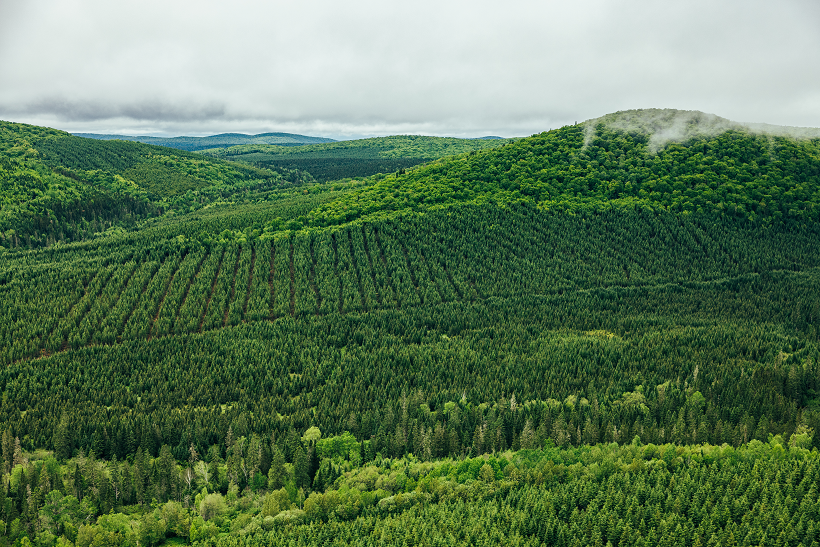
Questions about our Healthy Forest Approach? Read the FAQ.
(1).png?n=7605)



.jpg)








.jpg)





.jpg)




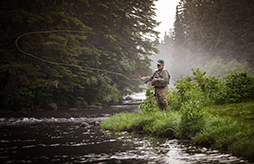






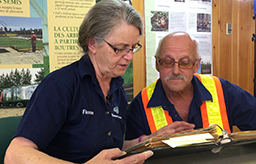


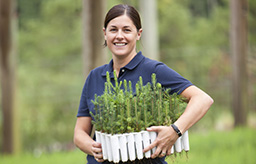

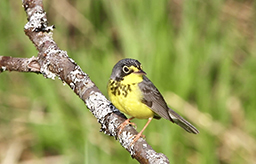

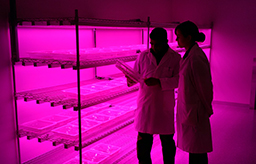


.jpg)





_small.jpg)
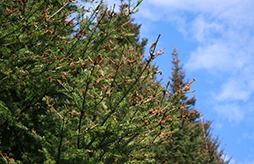
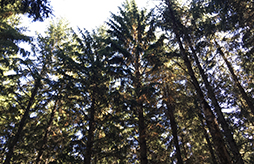
.jpg)
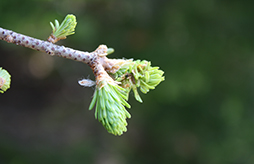
.jpg)

.jpg)


.png)







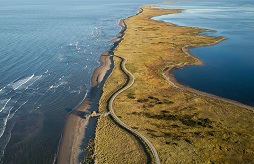


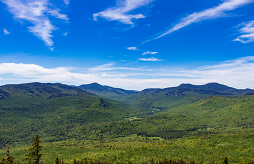
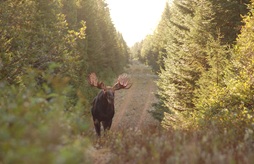
.jpg?n=6166)
